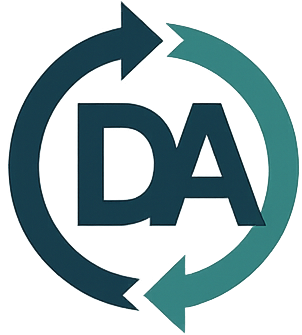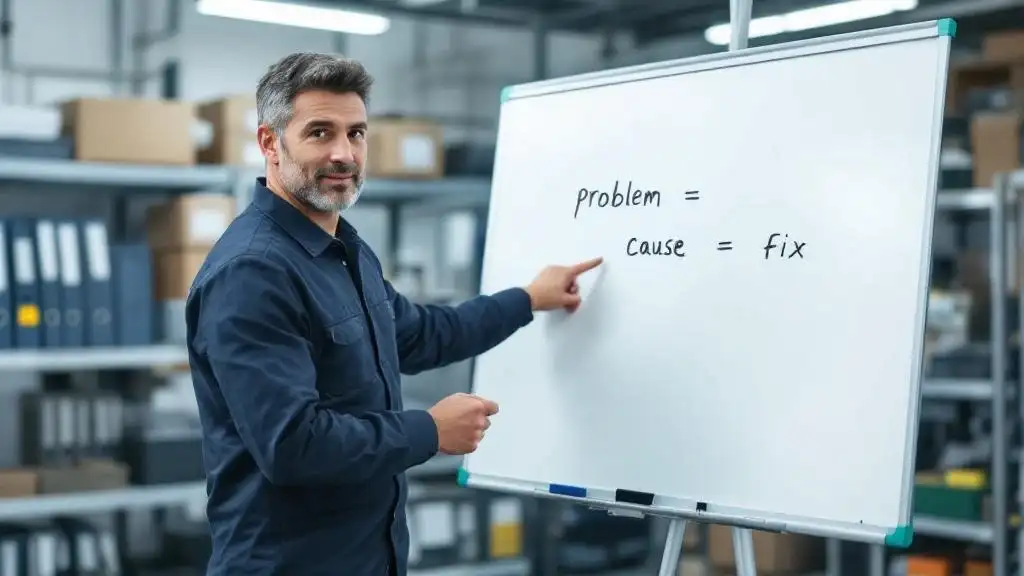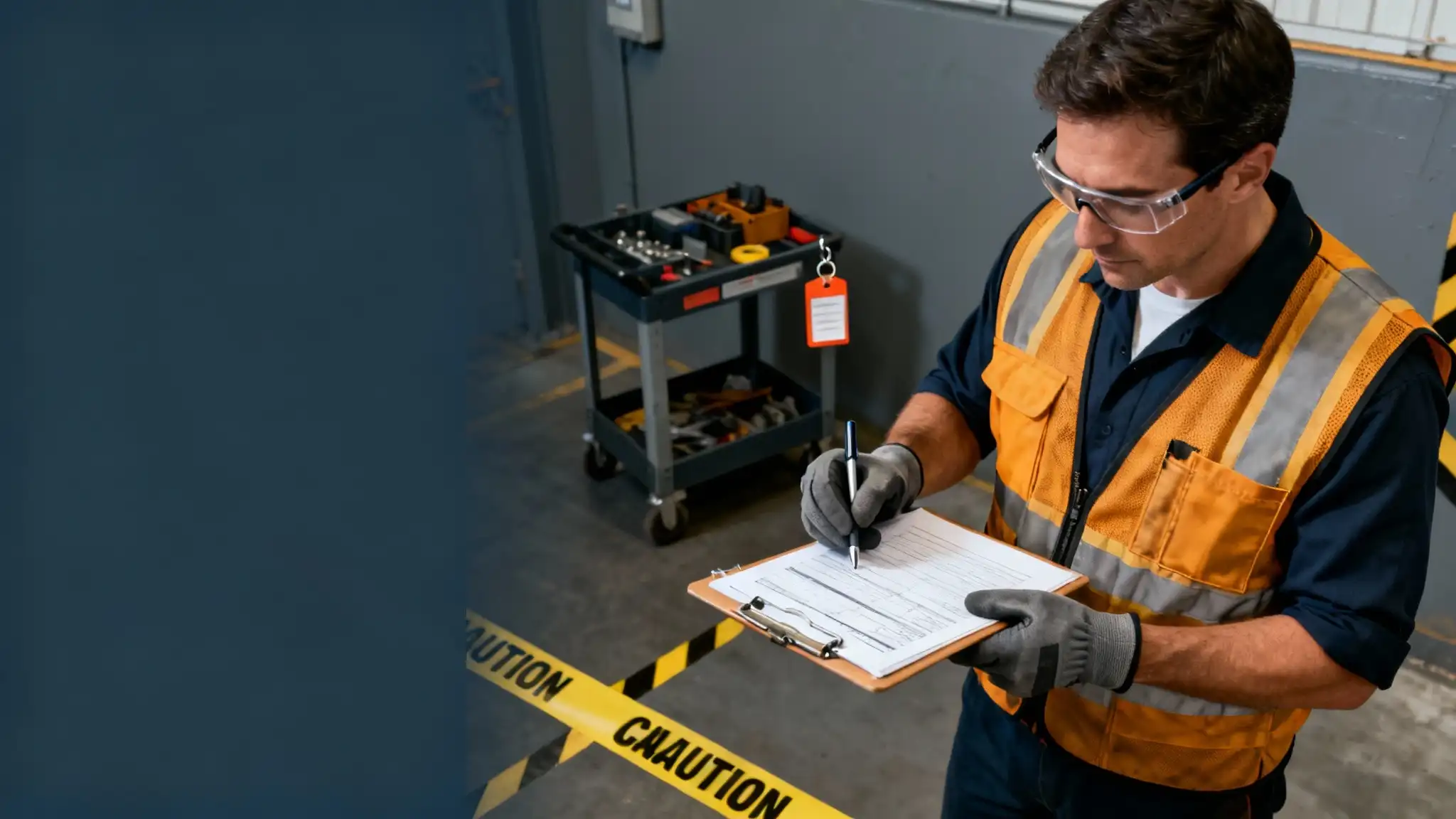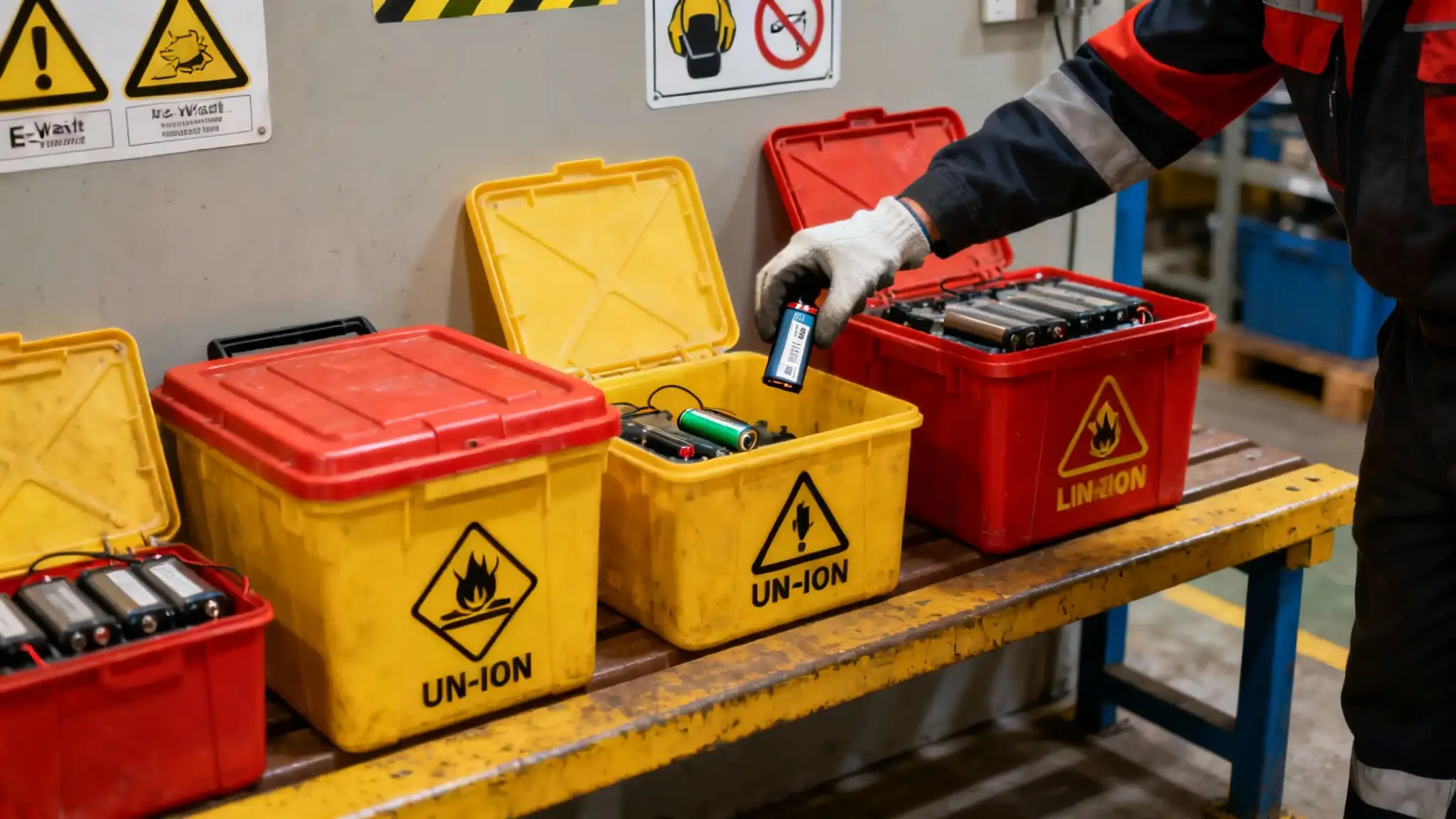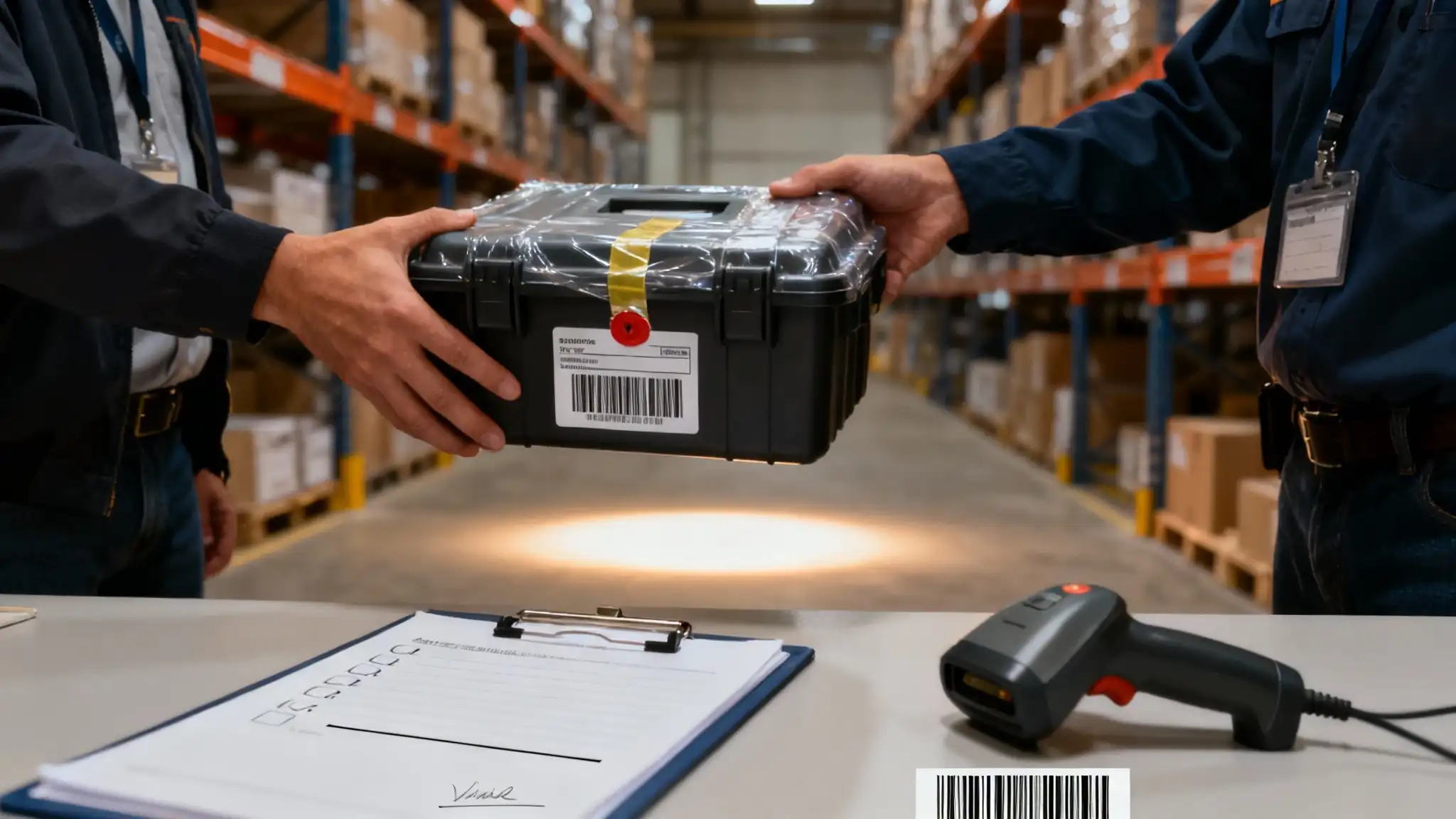About decideagree
We help recyclers, ITAD providers, and organizations run safer, compliant operations—without the jargon. Our guides translate standards into everyday tasks: chain-of-custody, data destruction, downstream due diligence, incident reporting, and more.
What we do
- Guides & explainers: Plain-English overviews mapped to R2v3 concepts
- Templates & SOPs: Ready-to-use checklists, logs, and procedures
- Audit readiness: Practical tips to prevent common nonconformities
- Archive context: A clearly labeled historic R2 overview to support legacy backlinks
Why trust us
- Vendor-neutral and independent
- Built around operational reality (records, roles, evidence)
- Updated regularly with “last reviewed” dates
Our story
From 2008–2011 this domain hosted early R2 documents that many government/industry pages linked to. Today, decideagree maintains a modern, independent resource and a clearly labeled historical overview—always pointing readers to the current official standards.
Important note
decideagree is not affiliated with SERI, R2, or the U.S. EPA. We provide general information and templates; always consult the official standard and your certification body.
